
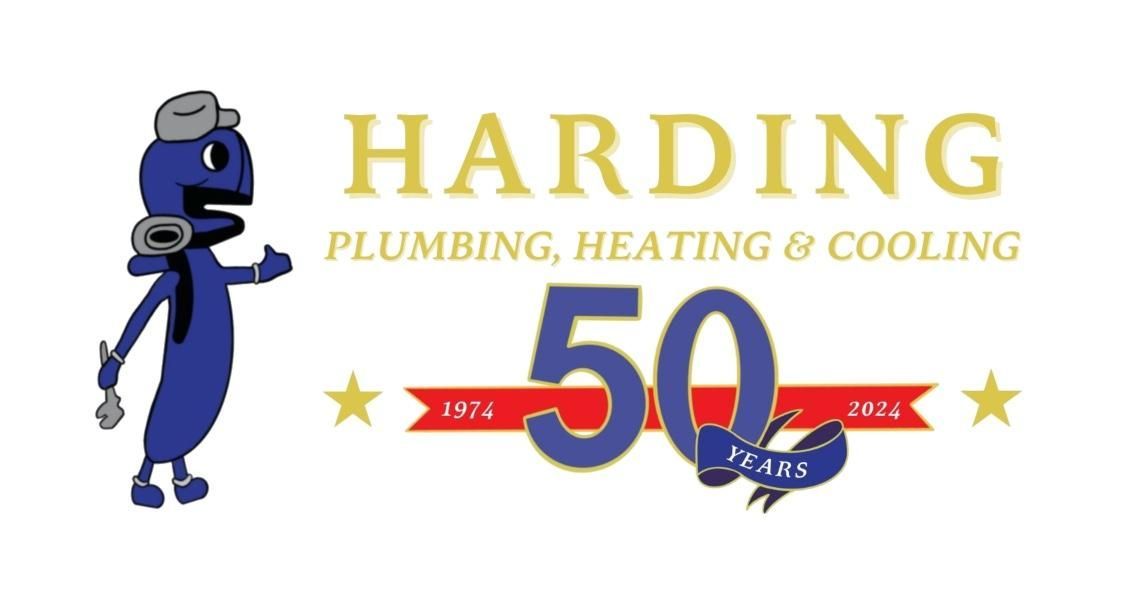
Serving Butts, Clayton, Fayette, Henry, Jasper, Lamar, Newton, & Spalding Counties
The History of HVAC Systems and How They Started
Can you imagine dealing with the summer heat without air conditioning in your home? Since last summer was the hottest summer on record in about a century, according to the CDC, you don't want to risk being in a heat wave by not having adequate services. But have you ever wondered where HVAC systems got their start and how they've advanced over the years? Here is some insight into the history of HVAC systems and how they started.
Inspiration for Home Cooling
You may think the HVAC is a completely modern invention, but that isn't completely true. Remember, our human ancestors also had to deal with very hot conditions. Just like with the toilet and septic systems, they also found a way to stay cool and heated inside their homes. That's why the concept of indoor cooling actually dates back thousands of years. According to Britannica, the ancient Greeks and Romans used underfloor heating which sent warm air through pipes and ducts under the floors. The ancient Chinese used manually operated fans and water to power rotary ones so that people could stay cool during their hotter months, according to My Modern Met.
Willis Carrier Created the First Modern Version
According to Live Science, thanks to an inventor by the name of Willis Carrier, the modern AC got its start. He initially came up with the invention to help control the extreme humidity in a printing plant. With this invention, technology continued to advance. Before you know it, it eventually led to more controlled cooling in different types of office spaces and homes.
1914 Was a Major Year
The turn of the 20th century saw many advancements in the Industrial Revolution, and the HVAC system was among them. According to TCL, the first home AC was created in 1914, and measured over 7 feet high, 6 feet wide, and 20 feet long. Of course, that wasn't the only way that people cooled or heated their homes. The 18th and 20th centuries were also the time of steam-powered heating systems. That is where the home radiator came to fruition, which was the precursor to centralized heating in large buildings and factories. Thanks to the use of steam and water, stakeholders found ways to improve air circulation, particularly in the increasingly crowded spaces that became the norm in the north in factories and apartment buildings.
People Begin Considering the Environment
If you're like most Americans, you likely have an AC or some other type of HVAC system in your home. You also know that during the summer months, your electrical bill will often be higher to keep your home properly cooled. Energy use is a big dilemma when it comes to home and commercial-based HVAC systems. The past few years have brought energy concerns to the forefront. While many homeowners are concerned about how much money they're paying, an even larger concern looms over how it's affecting the environment. After all, more energy increases the carbon imprints on the planet. That's why many people have begun focusing on the environmental stability and efficiency of HVAC systems.
Regulations Are Put Into Place
Greater regulations have been put into place to ensure that modern HVAC systems are not giving off unhealthy fumes and using unnecessary energy. Do you know that a malfunctioning HVAC system can create a carbon monoxide leak? Carbon monoxide is a dangerous gas as it's odorless, colorless, and can be fatal. There have been regulations that advise homeowners and businesses to get annual inspections and other maintenance to ensure that they have a system in compliance. Failure to abide by such regulations can result in the loss of a warranty, which could mean having to pay for a future new installation out-of-pocket.
Programmable Options Start to Appear
Environmental concerns have led the way to inventions, such as programmable thermostats and more energy-efficient components. Thanks to a programmable thermostat on your
HVAC system, you can ensure that your home is already heated or cooled to your liking by the time you come home from work. You can also ensure that it shuts off at a certain time so that you don't always have to manually do so. The individual components aren't just energy efficient, as you can buy an entire system marketed for its energy efficiency.
Mini Split Units Gain Popularity
HVAC creators understood that sometimes having one set temperature wasn't efficient when you have a structure filled with different people. Thanks to advancements in ductless units, such as mini-split options, someone in the same house or business can have more manual control within their room or zone. The mini-split unit works by having individual units in rooms that are all controlled by an external compressor. As a result, a resident in one room or floor can have heat, whereas someone in the next room can have the cooling system on. You see these types of units throughout hotels. However, residential options are also available, which comes in handy if you have a multi-floor home such as a townhouse, or a separate basement, or are using part of your home for a business such as Airbnb. These mini-split units are also helpful as they don't rely on duct networks. Therefore, they're less likely to store allergens, dust, dirt, and mold, affecting air quality. They're also easier to install because they require less reconstruction in the home since no duct system is necessary for installation.
Brands Invest More Into Energy Efficiency
As mentioned, there are some HVAC brands that are known for their energy efficiency. One such brand is the Energy Star brand of appliances. Energy Star has gained popularity because it is known for helping homeowners save on their energy bills. As a result, you can stay cool in summer and warm in winter but have significant savings for your business or home overhead. When you install these types of energy-efficient brands, you further save during tax time. Thanks to government and local initiatives, many homeowners and businesses can get a tax rebate or other savings by installing energy-efficient HVAC systems and other appliances.
The Future of HVAC
Technology seems to continue to advance when it comes to HVAC systems. Thanks to the use of the smartphone, homeowners and businesses can use their cell phones to control their systems even when they're not at home. Units continue to get smaller and more efficient in order to suit the needs of individuals and help cater to the environment. HVAC systems can rely on steam, water, electricity, and even now the solar power of the sun.
As you can see, the HVAC world has an extensive history that goes all the way back to ancient times. After all, the need to stay cool in the heat and warm in the cold isn't a new human issue. From underfloor duct networks built by the Romans and Greeks to smart systems that you can run from your handheld cell phone, the HVAC world is a fascinating one that continues to grow. If you need a modern HVAC system to keep your home cold and warm as needed, look no further than our team. We offer various financing plans and different types of AC and heating units for your convenience. Contact us today at Harding Plumbing, Heating & Cooling for a consultation. We look forward to hearing from you and working with you in the near future!
LOCATION
SERVICE AREAS
HOURS
Mon - Fri 8:00 am - 5:00 pm
Sat Closed (Office)
Sun Closed (Office)
Sat & Sun Emergency Appointments Available Upon Request
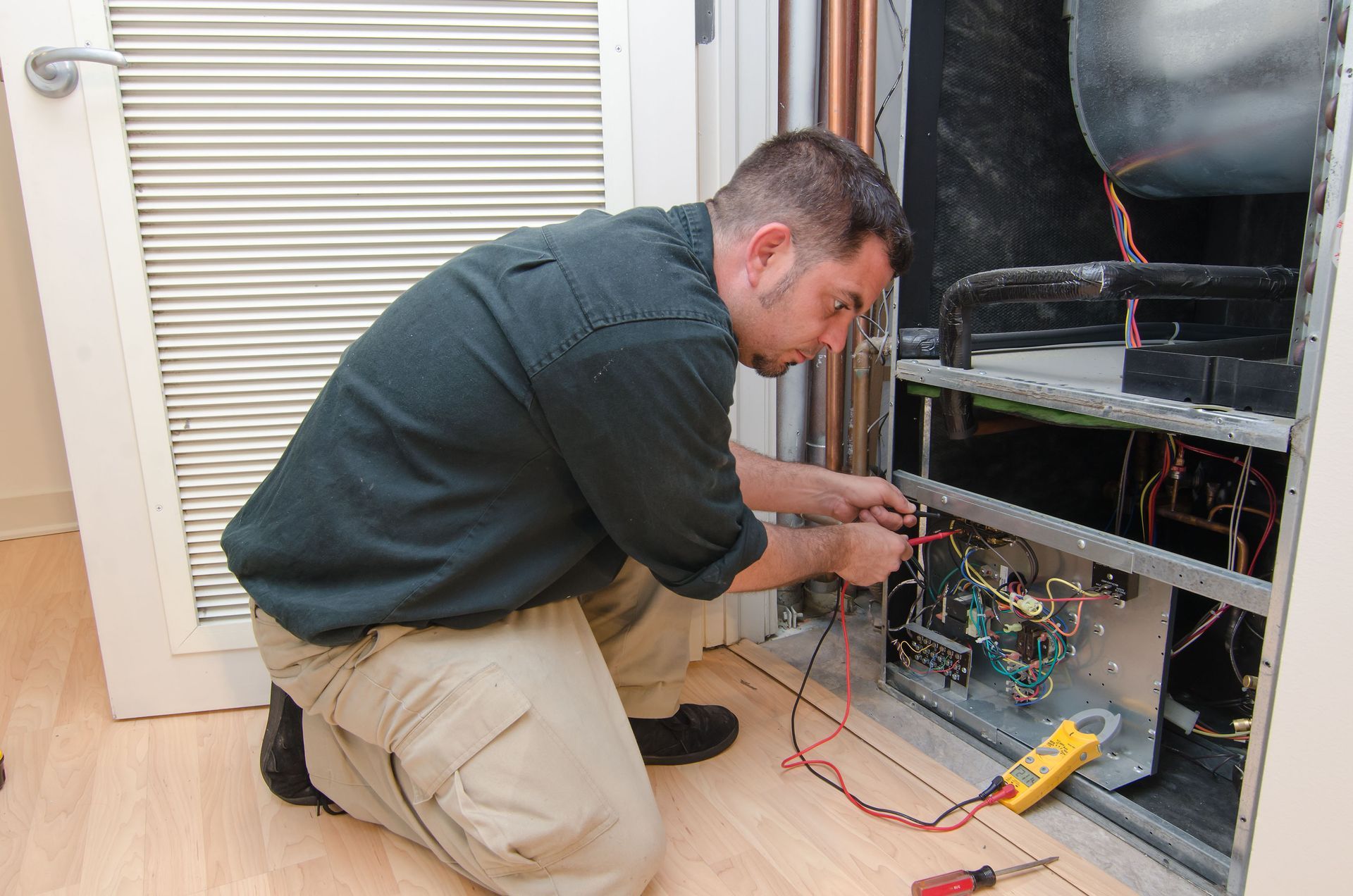
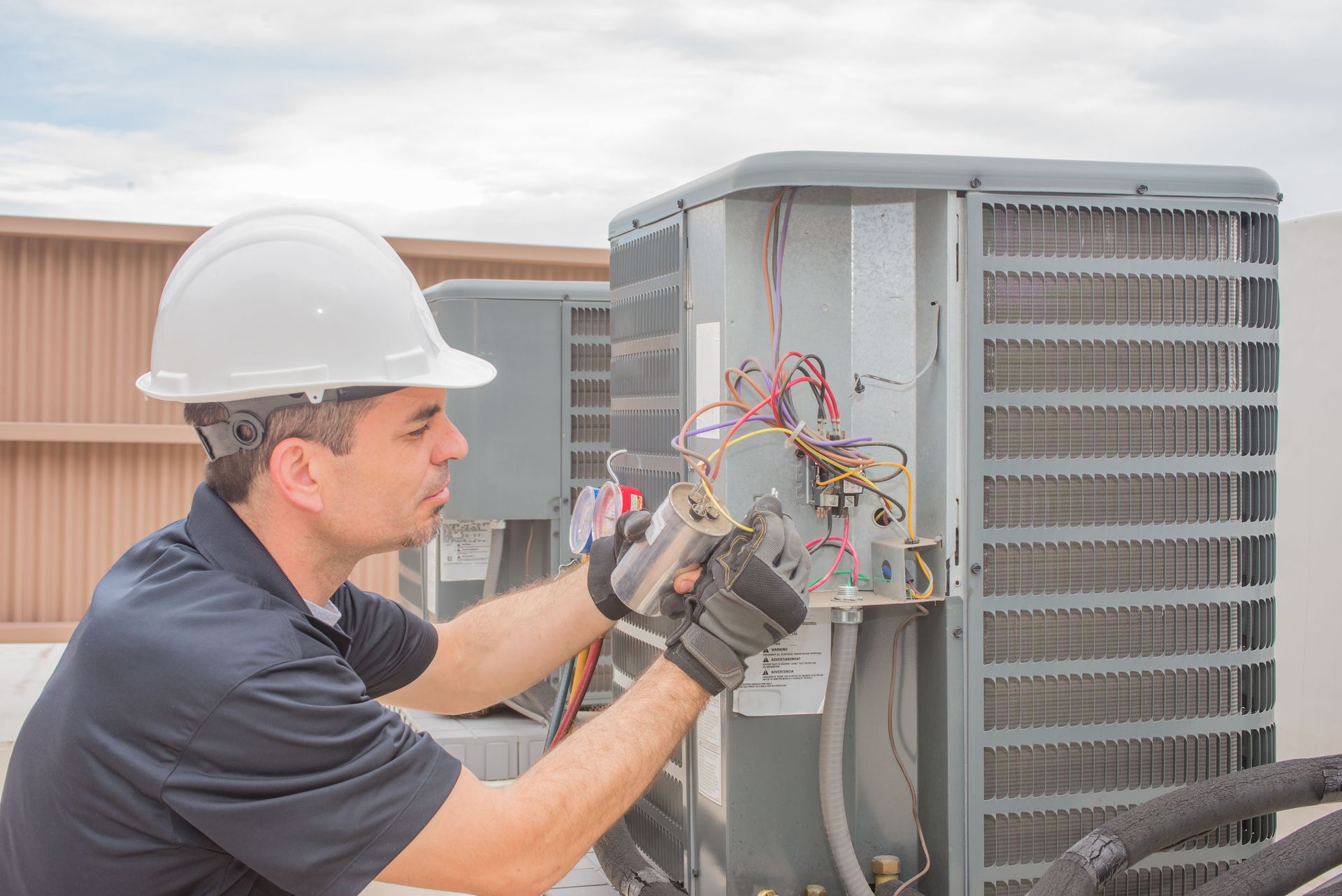
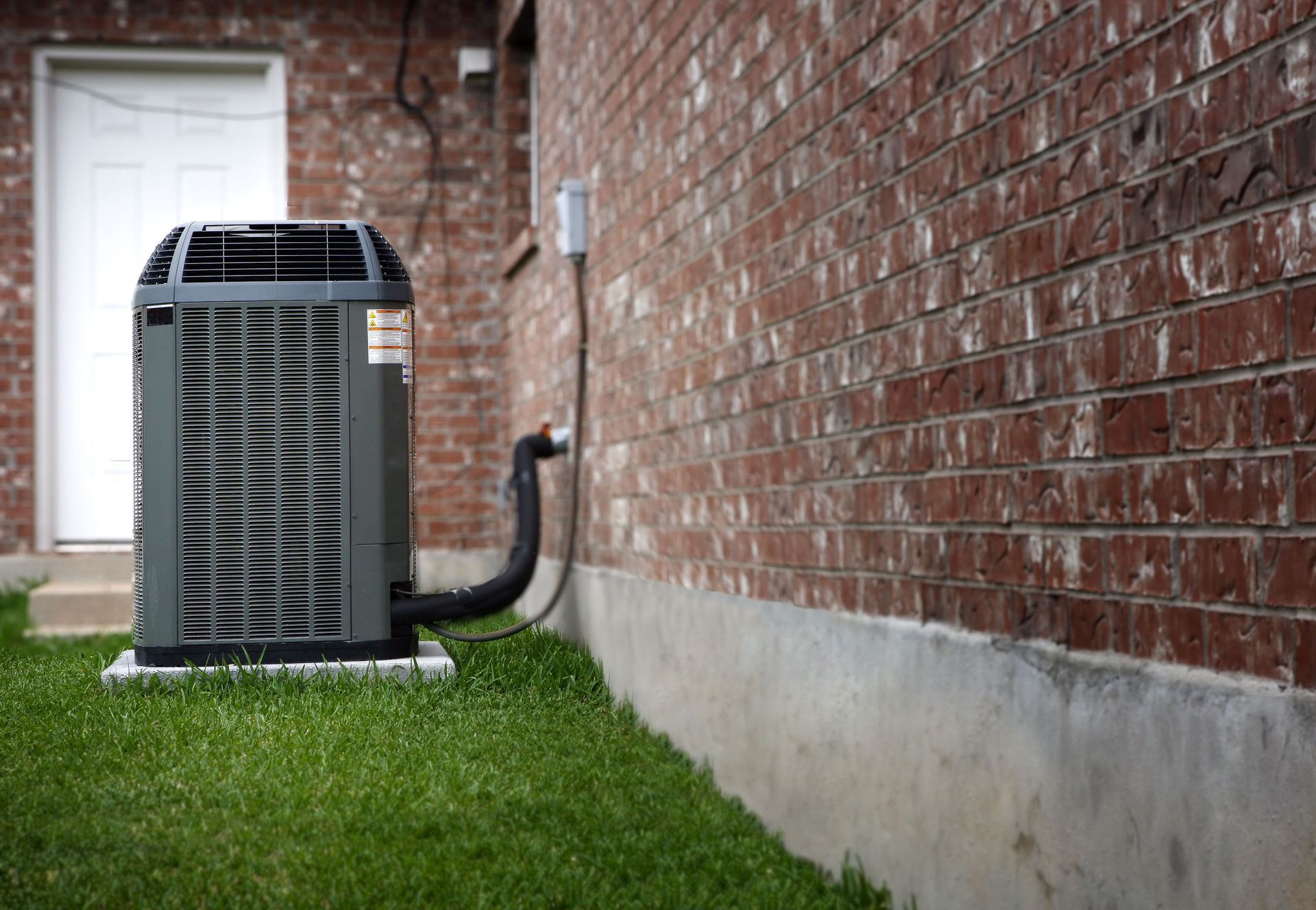
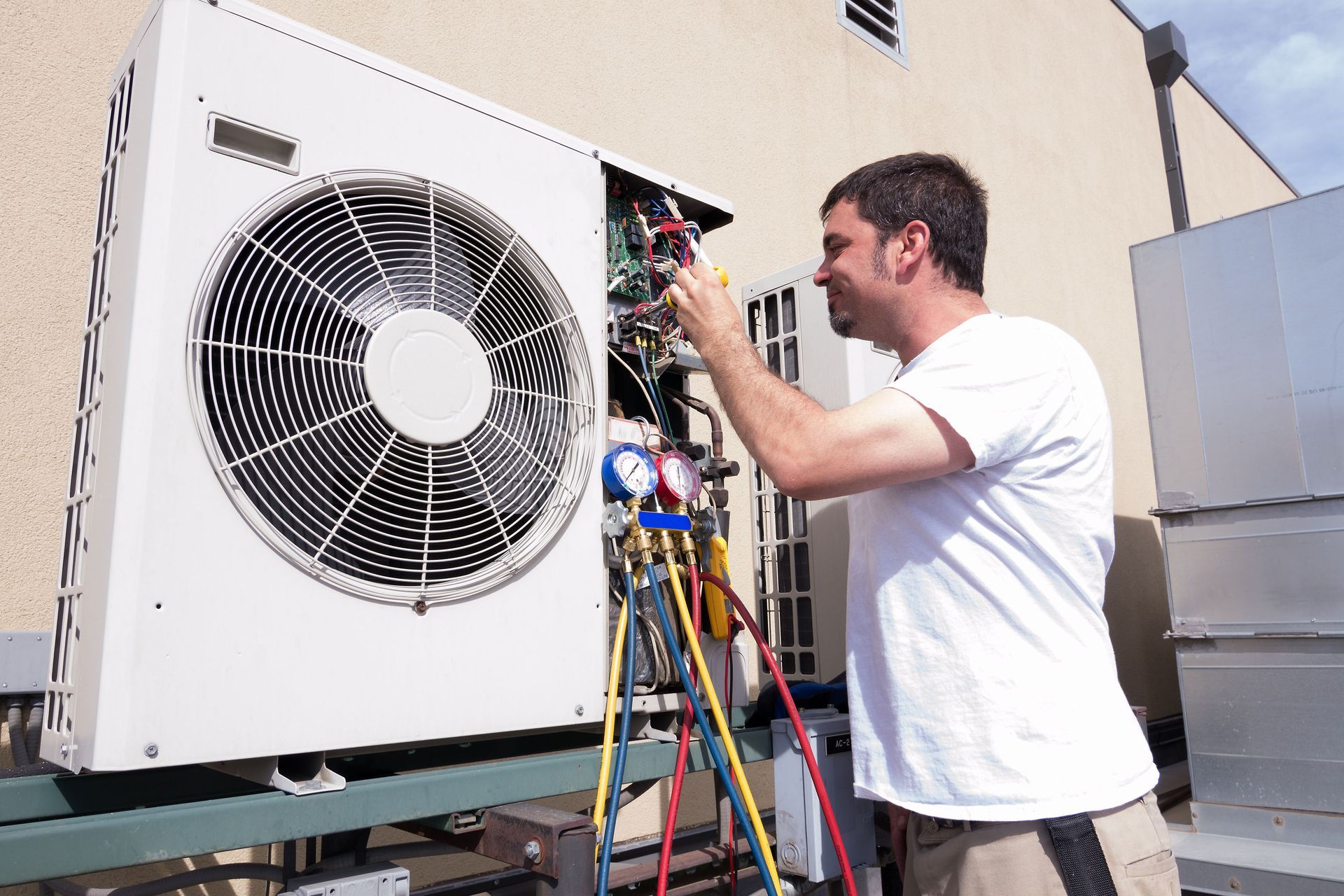
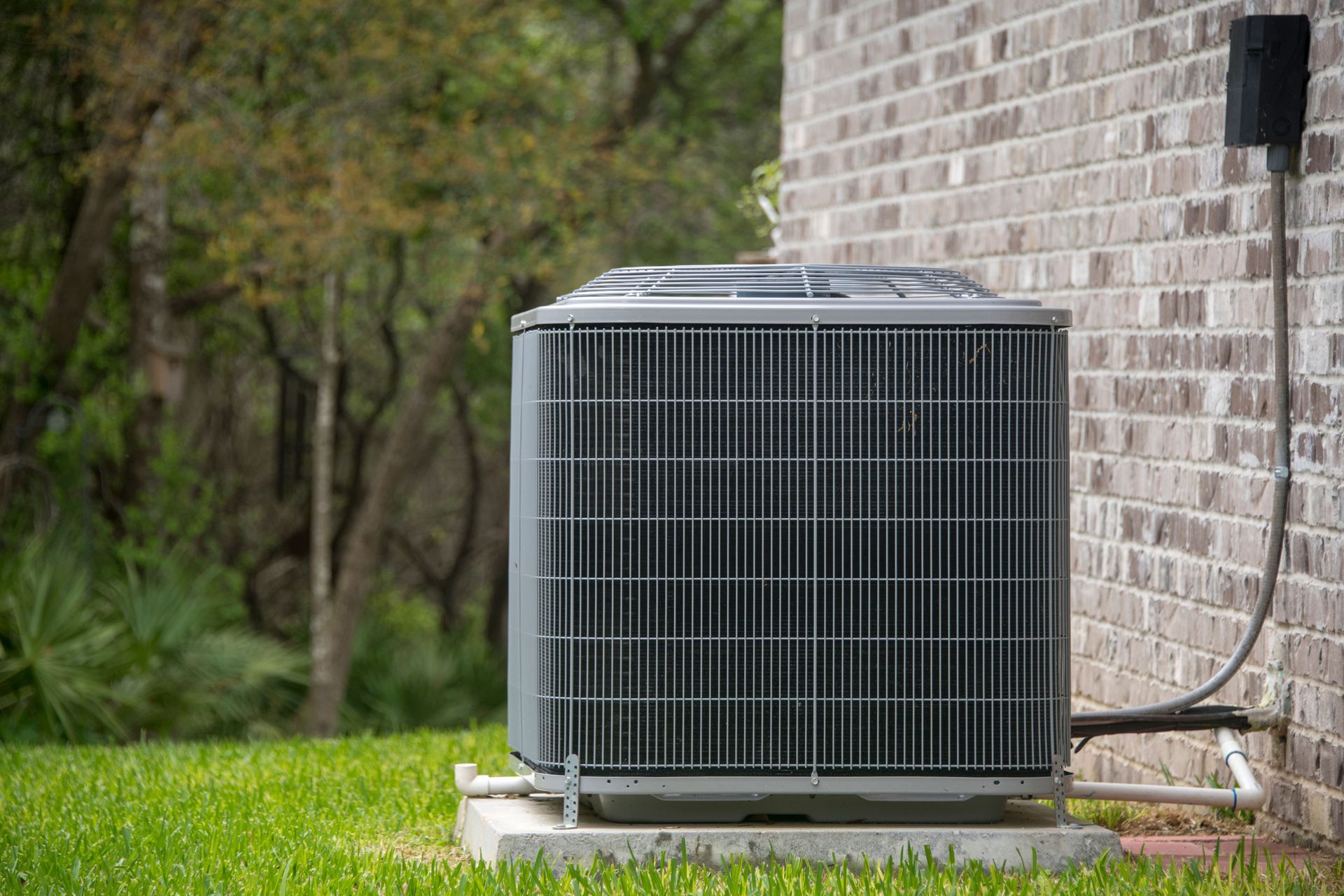

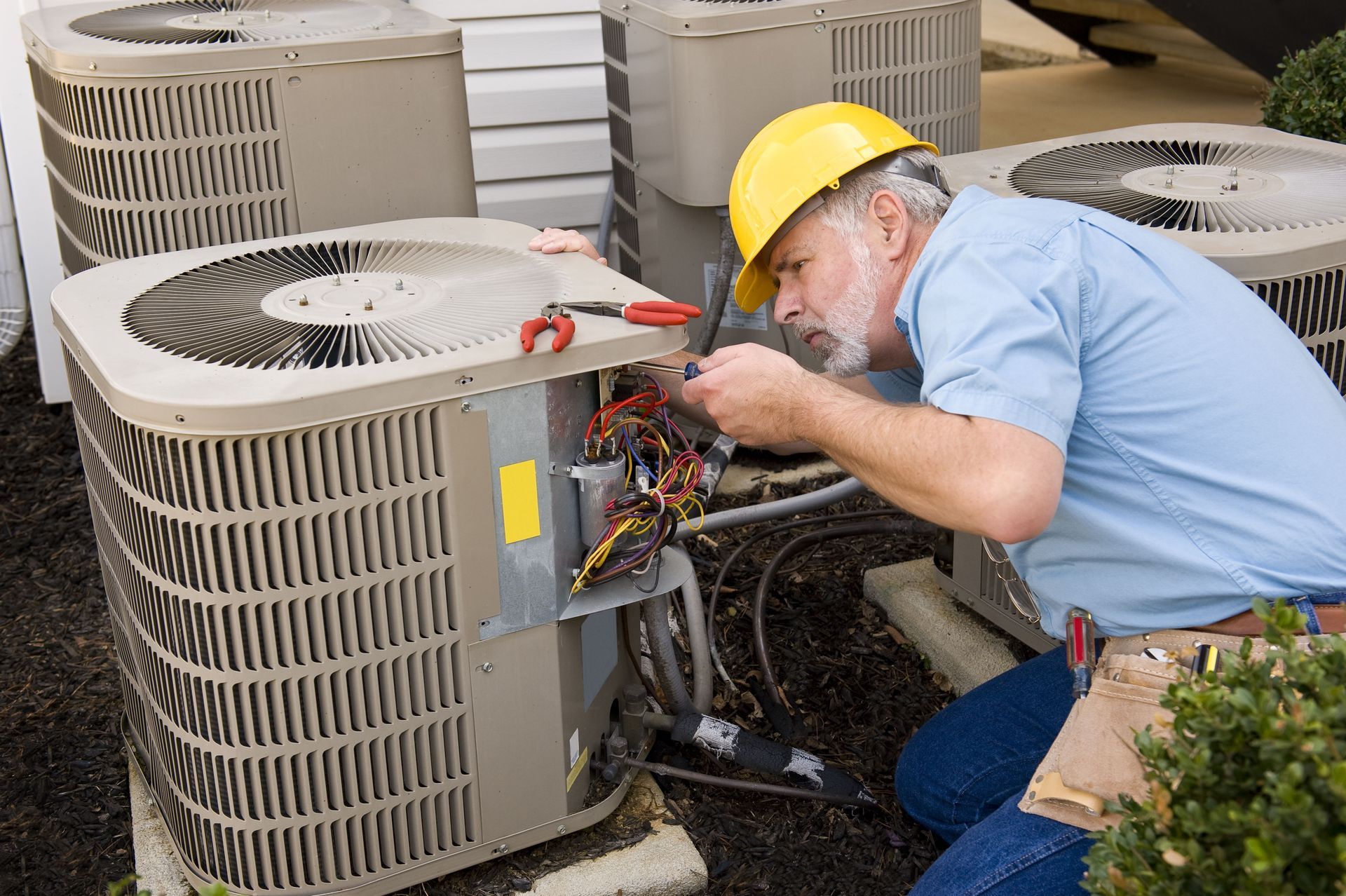
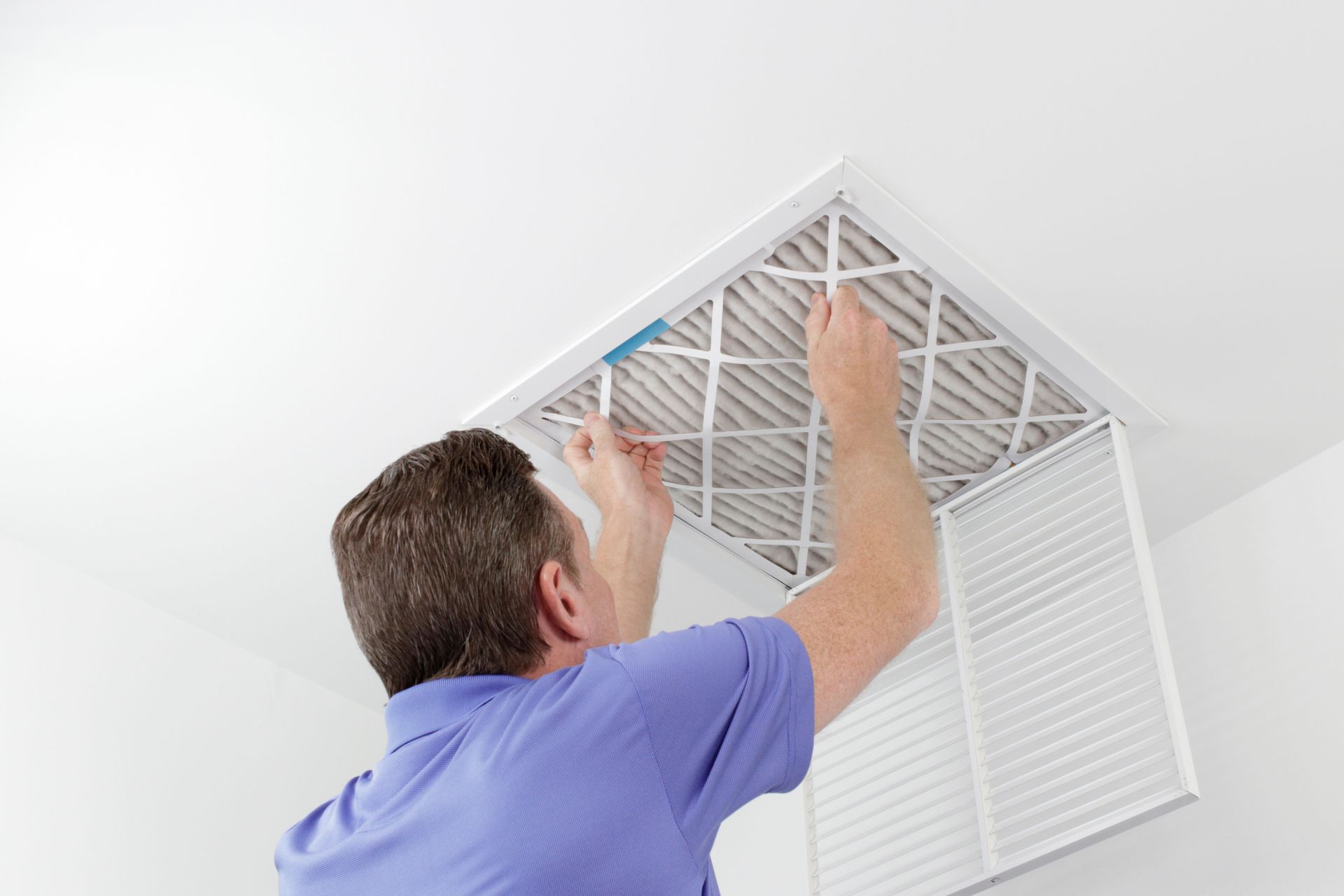
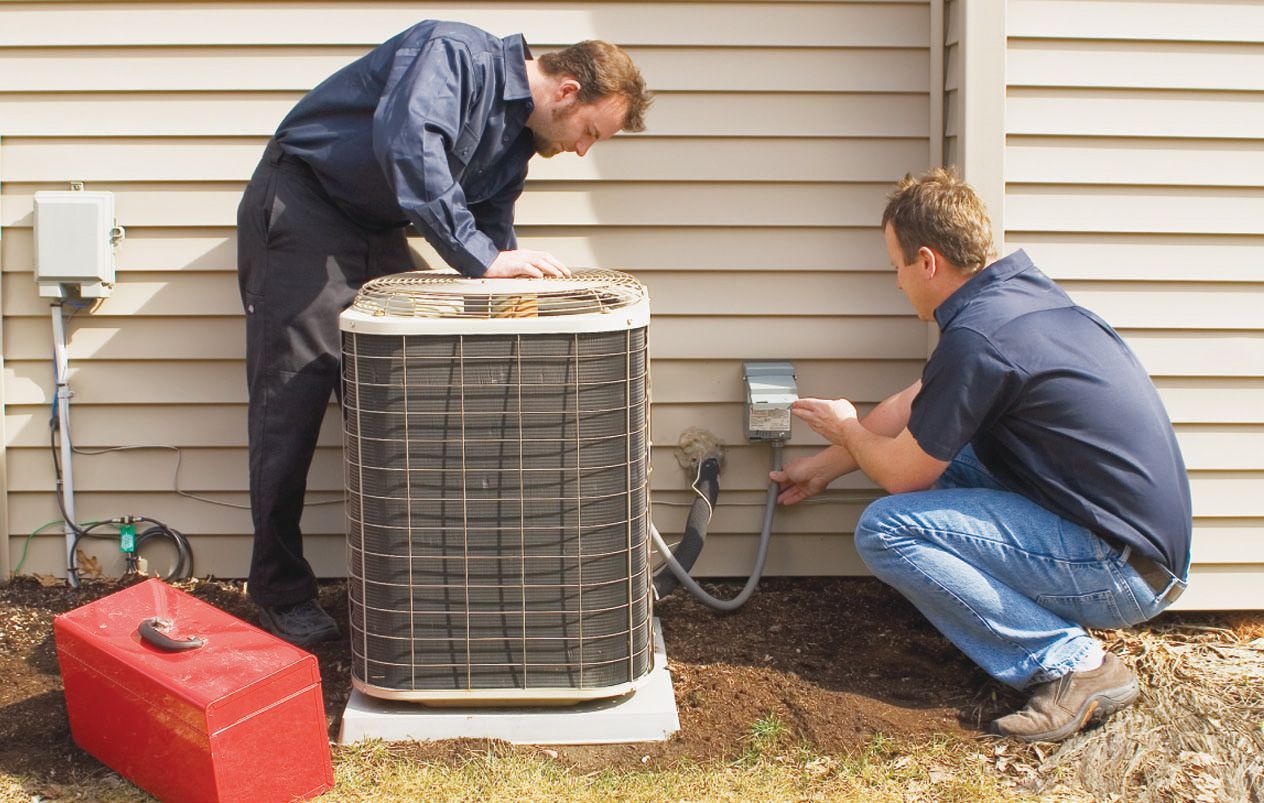

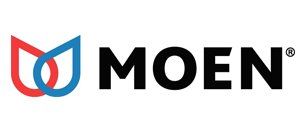



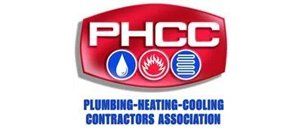
Share On: